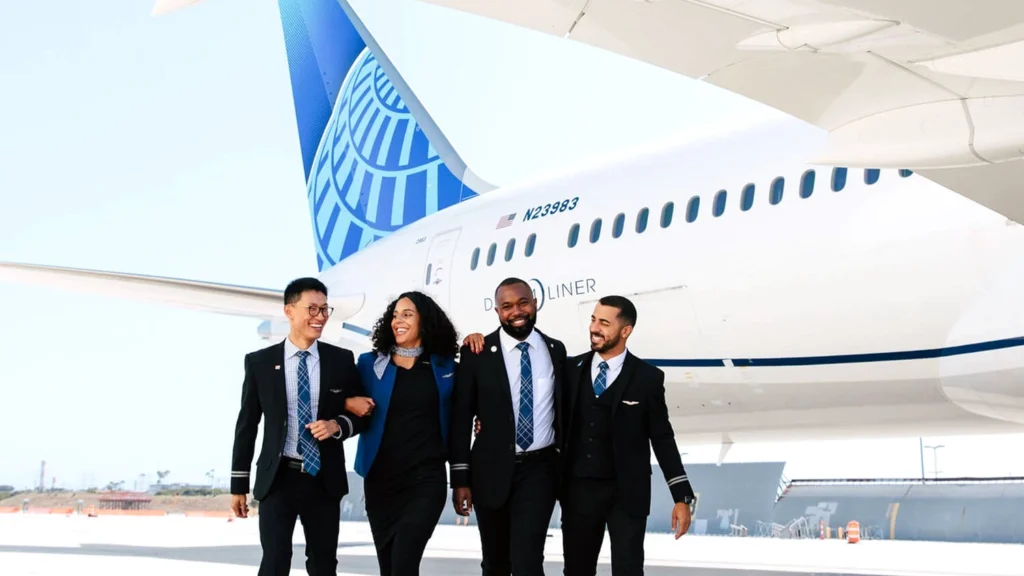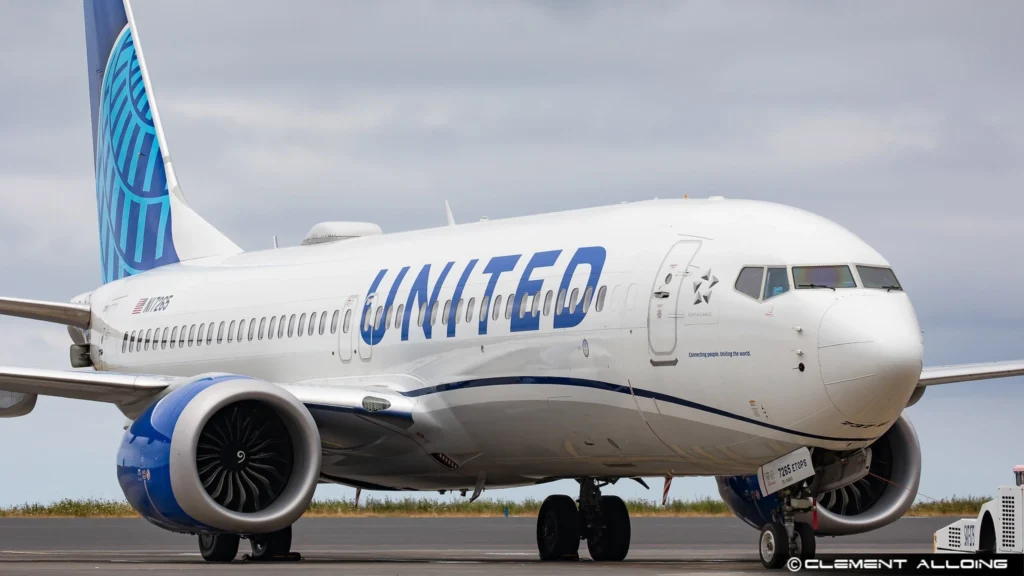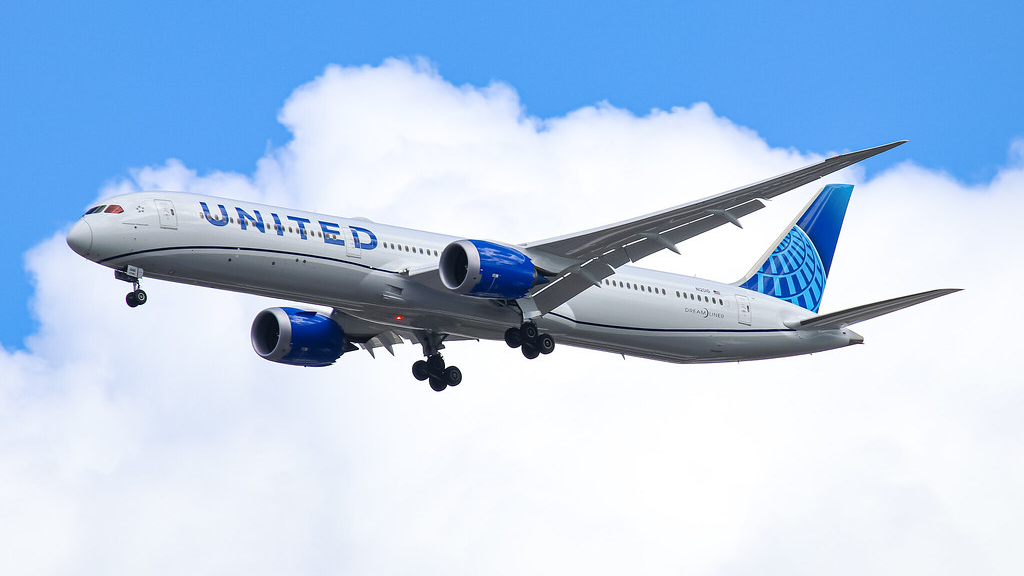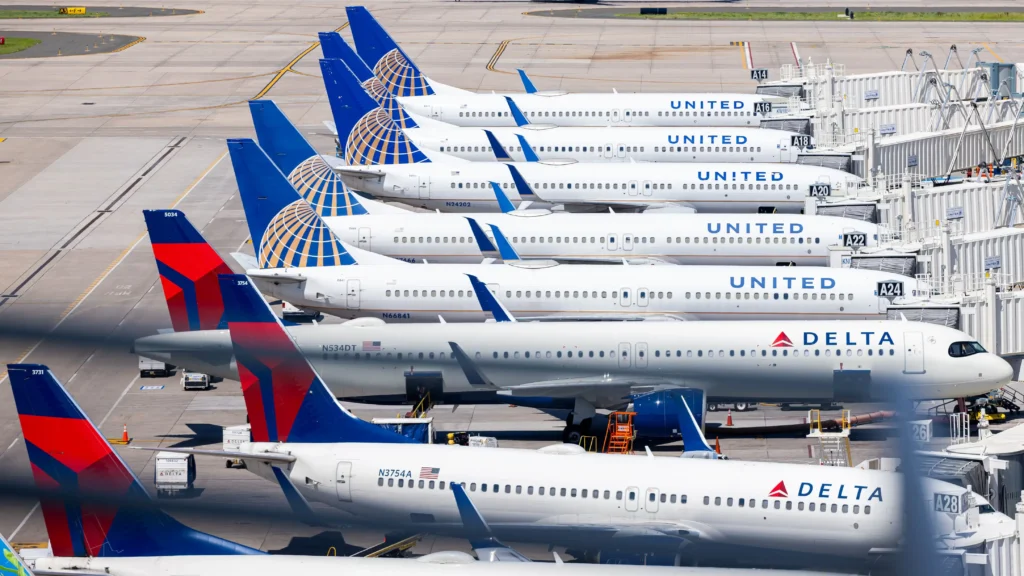
Чикаго- Стюардессы United Airlines (UA) выражают растущую обеспокоенность по поводу нового правила, которое предусматривает доступность во время пересадки, в том числе в международном аэропорту Чикаго О'Хара (ORD) и крупных международных городах-пересадках, таких как Лондон (LHR) и Рим (FCO).
Противоречие проистекает из пункта предварительного соглашения, требующего, чтобы члены экипажа были «разумно доступны» во время простоя, что вызывает тревогу по поводу прав на отдых и личной свободы.
Согласно PYOK, этот пункт возродил напряженность всего за несколько недель до того, как стюардессы будут голосовать по соглашению.
 Фото: United Airlines
Фото: United AirlinesОбсуждение United Airlines
Наиболее спорным аспектом предварительного соглашения между United Airlines и Ассоциацией бортпроводников-CWA (AFA-CWA) на 2025-2030 годы является ожидание того, что члены экипажа останутся достижимыми во время их пересадок.
Несмотря на то, что соглашение соблюдает установленные на федеральном уровне периоды отдыха, оно вводит двусмысленность, заявляя, что стюардессы должны принимать звонки от экипажа после окончания периода отдыха.
Критики утверждают, что эта неопределенная «разумная доступность» может позволить переназначение и сбои во время восстановления.
Это положение резко контрастирует с предыдущими сообщениями профсоюзов, в которых такие меры были названы «неслыханными». "
Ранее профсоюз указывал, что он отвергал аналогичные формулировки, подчеркивая сдвиг, который теперь фигурирует в окончательном проекте соглашения.
С возможностью переназначения и требованиями связи во время того, что когда-то считалось простоем, члены экипажа опасаются размытия линий между отдыхом и дежурством.
 Источник: Clément Alloing
Источник: Clément AlloingДополнительные изменения договора
В дополнение к пункту о пересадке, еще одно требование теперь заставляет бортпроводников проверять системы планирования экипажа после каждого полета.
Эта политика вызывает опасения, что экипаж может быть немедленно переназначен, что снижает предсказуемость в их графиках.
Выпуск соглашения вызвал пристальное внимание со стороны большой базы стюардесс United, многие из которых утверждают, что новая сделка не предлагает существенного преимущества по сравнению с уровнями оплаты, уже достигнутыми коллегами по Delta Air Lines (DL).
Несмотря на то, что средняя заработная плата выросла на 26,9%, сравнения показывают, что повышение просто приводит «Юнайтед» в соответствие с отраслевыми стандартами, а не превышает их.
Примечательно, что стюардессы проголосуют за соглашение с 7 по 29 июля, реализация которого запланирована на 30 июля, если оно будет одобрено.
 Фото: Dylan T | Flickr
Фото: Dylan T | FlickrУлучшения и недостатки
Несмотря на то, что пункт о переезде вызывает наибольшее раздражение, предварительное соглашение действительно вносит некоторые позитивные изменения.
Например, United обязалась прекратить размещение экипажей во второсортных или пригородных отелях во время длительных международных пересадок.
Это касается давних жалоб на неудобное размещение в таких городах, как Амстердам (AMS) и Лондон (LHR), восстанавливая стандарты размещения экипажей ближе к центрам города.
Кроме того, новая шкала заработной платы обещает структурное ежегодное увеличение с первого года до тринадцатого года, при этом самые высокооплачиваемые стюардессы зарабатывают более 96 долларов в час на DOS + 4.
Тем не менее, критики утверждают, что эти достижения компенсируются жертвами образа жизни и повышенной непредсказуемостью.
В объединенных центрах по всей стране были запущены роуд-шоу для информирования бортпроводников и уточнения договорных элементов. Профсоюз настоятельно призывает членов внимательно ознакомиться с соглашением и высказать обеспокоенность, прежде чем голосовать.
 Фото: Аэропорт Денвера
Фото: Аэропорт ДенвераБолее широкие последствия
Эти дебаты являются еще одним примером давления на рабочую силу в авиационной отрасли, поскольку наследственные перевозчики сталкиваются с растущим вниманием к обращению с работниками на фоне прибыльности.
С ростом спроса на поездки после пандемии авиакомпании вынуждены поддерживать высокую производительность без изнурительных сотрудников.
Результаты объединенного голосования могут быть вызваны трудовыми переговорами с другими перевозчиками.
Оставайтесь с нами. Следуйте за нами в социальных сетях для последних обновлений.
Присоединяйтесь к нам в Telegram Group для последних обновлений авиации. Следуйте за нами в Google News
United Airlines столкнулась с иском из-за того, что 5 лет назад был расстрелян бортпроводник
Пост United Airlines «On Call» Layover Rule Sparks Attendants Backlash впервые появился на Aviation A2Z.















